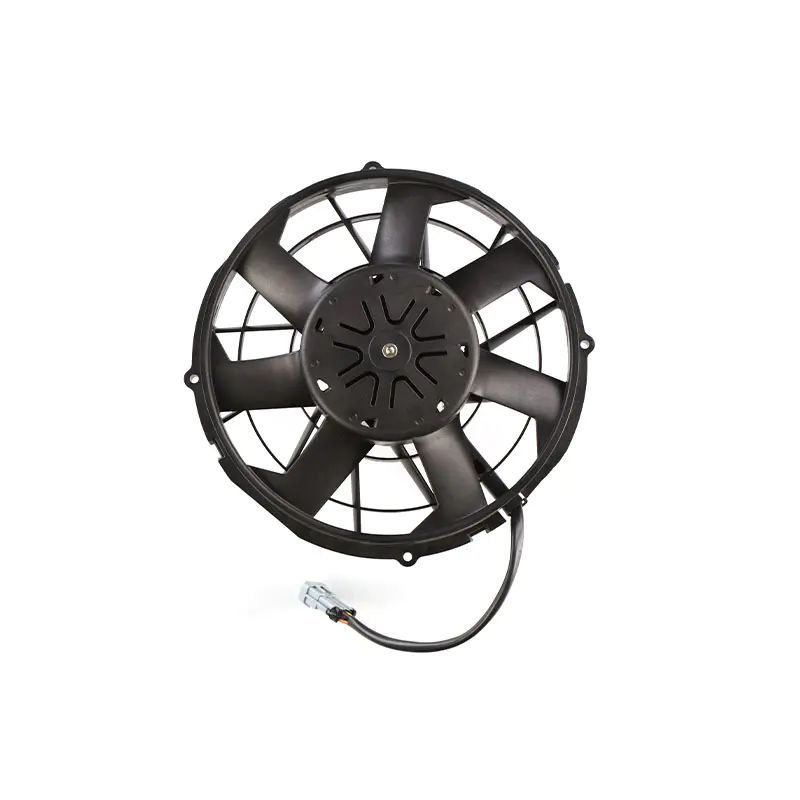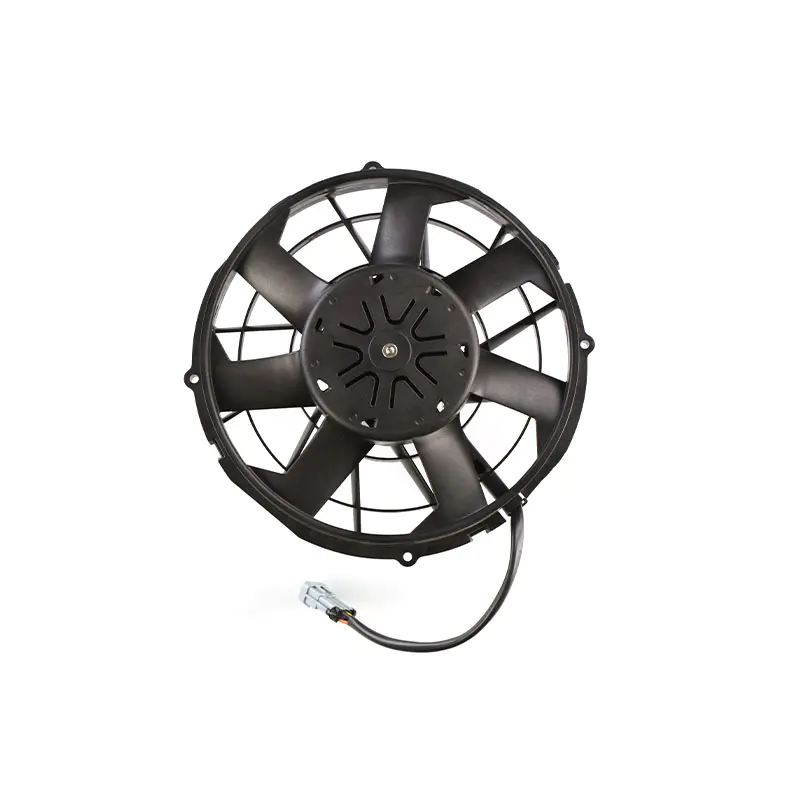Kontaktirajte nas
Vaša email adresa neće biti objavljena. Obavezna polja su označena *
Velika i aksijalni protok s Visokom Učinkovitošću i niskim udjelom na ventilatore s aksijalnim protokom transformiraju industrijsko hlađanje
Sep 25, 2025Povećavanje Učinkovitosti Hlađenja: ULOGA Ventilatora Radijatora Visokih Performans
Sep 18, 2025Visoke Performanse Zraka redefinira aksijalni ventilatori bez čatkica za hladnjaka
Sep 11, 2025IP68 DC Motori: RedefiniRJE PERFORKANSI U TESKIM OKRUJENIMA
Sep 04, 2025Zašto su aksijalni ventilatori bez chetkica izbor Za u Učinkovitu ventilaciju i hlađenje?
Jul 31, 2025EK Centrifugalni Obožavatatelji: UčinkoviTost I Performanse Objašljeni Su
Aug 29, 2025Centrifugalni Obožavatatenji DC Bez Četkeca: Sveobuhvatni Vodič ZA Odabir I Primdjene
Aug 20, 2025DC ventilatori za aksijalni protok bez četkica: sveobuhvatni vodič
Aug 11, 2025Automotivni DC Centrifugalni Obožavatatenji: Sveobuhvatni Vodič
Aug 04, 2025DC Motor ventilatora za hlađenje: jezgra pokretača učinkovitog rasipanja topline
Jul 24, 2025Elektromagnetska misterija puhala i njegove višestruke prakse primjene
Jul 17, 2025Kako motor ventilatora isparivača postiže učinkovito i pouzdano hlađenje?
Jul 08, 2025
The commutation principle of DC Brushless axial flow fans is based on advanced electronic commutation technology, which completely abandons the mechanical commutator and brushes in traditional brushed motors, thereby achieving more efficient, reliable and quieter operation.
1. Overview of basic principles
The core of the commutation principle of DC Brushless axial flow fans is to accurately control the flow direction and timing of the current inside the motor through an electronic controller, thereby driving the motor rotor to rotate continuously and smoothly. In this process, there is no need for physical contact between brushes and commutators, which reduces mechanical wear and friction and improves the overall efficiency and life of the motor.
2. Key components and functions
Stator and rotor:
Stator: Usually made of laminated silicon steel sheets, with multi-phase windings embedded inside to generate a rotating magnetic field.
Rotor: Made of permanent magnets (such as rare earth magnets), it can generate a constant magnetic field without external power excitation. The rotor rotates under the action of the rotating magnetic field generated by the stator.
Position sensor:
Common position sensors include Hall sensor and photoelectric sensor. These sensors are used to detect the position of the rotor in real time and provide accurate rotor position information to the electronic controller.
Electronic controller:
The electronic controller is the core component of DC Brushless axial flow fans. It controls the power-on sequence and timing of each phase winding through complex algorithms based on the rotor position information provided by the position sensor, thereby realizing the commutation and speed regulation of the motor.
3. Detailed explanation of the commutation process
Position detection:
When the fan starts, the position sensor starts working, detects the position of the rotor in real time, and feeds the position information back to the electronic controller.
Current control:
According to the received position information, the electronic controller generates a specific sequence of square wave currents by controlling the on and off of six MOS tubes (or other power switching devices). These currents pass through the stator windings in turn to generate a rotating magnetic field.
Magnetic field action:
The rotating magnetic field generated by the stator interacts with the permanent magnets on the rotor to generate electromagnetic force and drive the rotor to rotate. As the rotor position changes, the electronic controller continuously adjusts the power-on sequence to ensure that the direction of the magnetic field is always consistent with the direction of rotor movement, thereby achieving continuous rotation.
Commutation realization:
When the rotor rotates to a certain position, the position sensor detects the new position information and sends it to the electronic controller. The electronic controller changes the power-on sequence according to the new position information, so that the direction of the stator magnetic field changes, thereby driving the rotor to continue to rotate in the next direction. This process is repeated continuously, realizing the continuous commutation and rotation of the motor.
IV. Advantages and Applications
DC Brushless axial flow fans have many advantages over traditional brushed fans:
High efficiency: The motor efficiency is significantly improved due to reduced mechanical wear and friction.
Long life: The brushless design extends the service life of the motor.
Low noise: Electronic commutation reduces mechanical vibration and noise.
High reliability: Reduces the risk of downtime caused by brush wear and commutator failure.
Therefore, DC Brushless axial flow fans are widely used in computer cooling, industrial ventilation, automotive air conditioning, household appliances and other fields, becoming the mainstream of modern fan technology.
The commutation principle of DC Brushless axial flow fans is a precise control process based on electronic commutation technology. Through the coordinated work of position sensors, electronic controllers, stators and rotors, the continuous and smooth rotation of the motor is realized. This technology not only improves the performance and reliability of the fan, but also promotes the continuous progress and development of fan technology.

Vaša email adresa neće biti objavljena. Obavezna polja su označena *
Zhejiang Nicety Electric Machinery Co., Ltd. specijalizirana je za proizvodnju četiri serije proizvoda: elektronički ventilator kondenzatora, ventilator hladnjaka (spremnika za vodu), puhalo i sklop klima uređaja. Profesionalna proizvodnja američkih, europskih, japanskih, korejskih i domaćih marki DC aksijalni ventilatori za automobile.
Email: [email protected] / [email protected]
Tel: +86-0578-7125439 / +86 181 0658 9231
Address:No. 98, Guangda Street, Jinsha Industrial Zone, Longquan City, Zhejiang Province, Kina